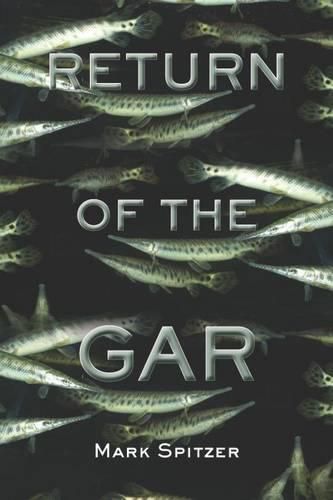Readings Newsletter
Become a Readings Member to make your shopping experience even easier.
Sign in or sign up for free!
You’re not far away from qualifying for FREE standard shipping within Australia
You’ve qualified for FREE standard shipping within Australia
The cart is loading…






The alligator gar belongs to a family of fish that has remained fundamentally unchanged since the Cretaceous, over 100 million years ago. Its intimidating size and plethora of teeth have made it demonized throughout its range in North America, resulting in needless killing. Massive oil spills in its breeding range have not helped its population either. Interspersing science, folklore, history, and action-packed fishing narratives, Spitzer’s empathy for and fascination with this air-breathing, armored fish provides for an entertaining odyssey that examines management efforts to preserve and propagate the alligator gar in the United States.
Spitzer also travels to Central America, Thailand, and Mexico to assess the global gar situation. He reflects on what is and isn’t working in compromised environments, then makes a case for conservation based on personal experience and a love for wildness for its own sake. This colorful portrait of the alligator gar can serve as a metaphor and measurement for the future of our biodiversity during a time of planetary crisis.
$9.00 standard shipping within Australia
FREE standard shipping within Australia for orders over $100.00
Express & International shipping calculated at checkout
The alligator gar belongs to a family of fish that has remained fundamentally unchanged since the Cretaceous, over 100 million years ago. Its intimidating size and plethora of teeth have made it demonized throughout its range in North America, resulting in needless killing. Massive oil spills in its breeding range have not helped its population either. Interspersing science, folklore, history, and action-packed fishing narratives, Spitzer’s empathy for and fascination with this air-breathing, armored fish provides for an entertaining odyssey that examines management efforts to preserve and propagate the alligator gar in the United States.
Spitzer also travels to Central America, Thailand, and Mexico to assess the global gar situation. He reflects on what is and isn’t working in compromised environments, then makes a case for conservation based on personal experience and a love for wildness for its own sake. This colorful portrait of the alligator gar can serve as a metaphor and measurement for the future of our biodiversity during a time of planetary crisis.